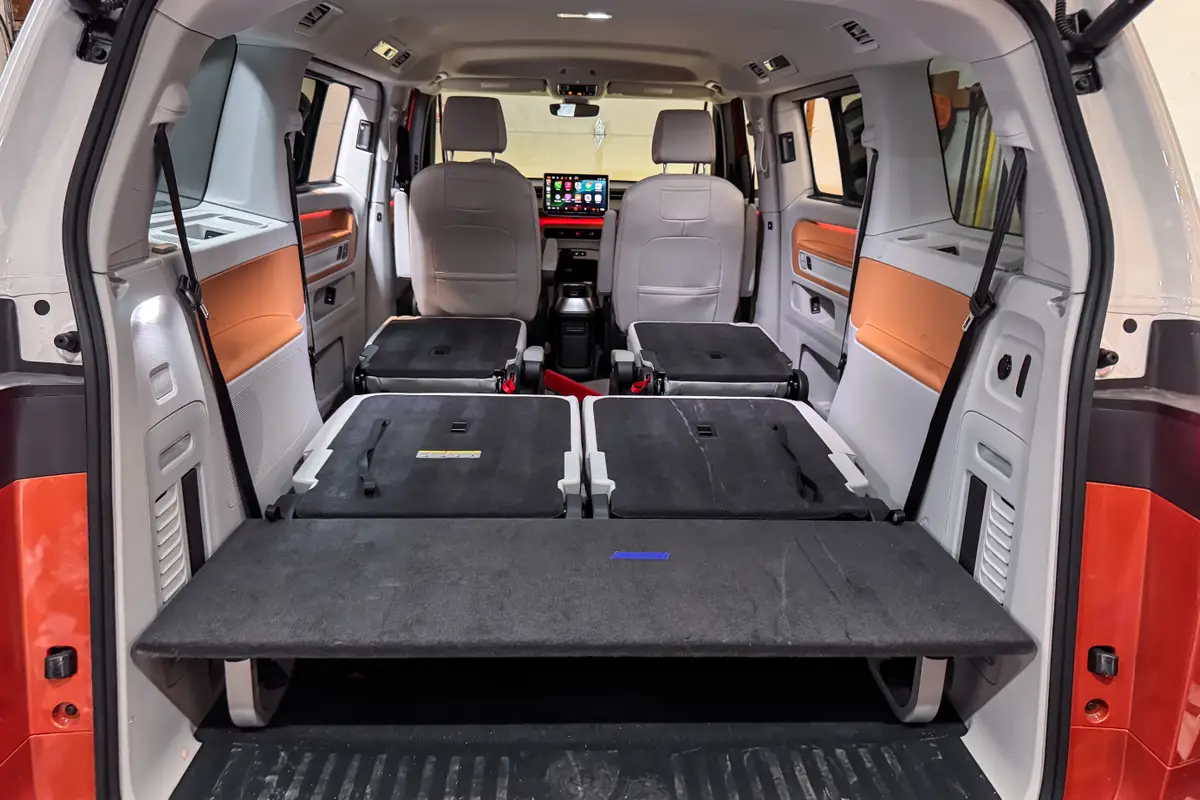What Is a Solenoid?

In general, a solenoid uses electromagnetic force to move a plunger, thereby converting electric energy into mechanical motion. (“Electromagnetic” means it’s only a magnet when electricity is applied.) In the case of a car, that mechanical motion acts as a switch that allows a smaller amount of electric power to control, or switch on, a much larger amount of electric power. This electric power is known as current, and it’s measured in amps. (If you think of current and amps as being like the amount of water running through a hose — sometimes a trickle, sometimes a flood — you have the right idea.) Handling a small amount of current can be done with a small-diameter wire, whereas handling a large amount of current requires a substantially larger-diameter wire.
Related: What Is a Throwout Bearing?
Automotive solenoids allow a smaller amount of current from the ignition switch to route a much larger amount of current from the battery to the starter motor to start the engine. So why wouldn’t you want the ignition switch itself to turn on the starter motor directly?
When you’re working with that much current, the switch has to be quite large and heavy-duty in order to handle the load — or at least, handle it many hundreds of times — as does the wiring going to it. The ignition switch is typically inside the steering column, where it shares space with a lot of wires and the steering shaft itself. For theft protection, it’s designed to be hard to access.
An automotive solenoid is about the size of a small vitamin bottle, and it’s usually mounted either directly to the starter motor (common in newer cars) or positioned as a separate unit inside the engine compartment (mostly in older cars). In the latter case, it’s typically quite easy to access and replace if necessary. But solenoids attached to the starter motor are usually much harder to get to, because the starter motor itself is also hard to access. Sometimes you’ll have to remove the starter motor itself to replace the solenoid. (In these applications, the solenoid also includes a mechanism that forces the starter motor’s gear into mesh with the ring gear of the engine’s flywheel or flexplate when starting the engine.) As such, the starter motor and solenoid are often replaced together, largely because you really don’t want to have to do the job twice if the companion part fails sometime later — particularly since the failure of either will leave you unable to start your car.
More From Cars.com:
- Disc Brakes Vs. Drum Brakes: What’s the Difference?
- What Are Puddle Lights?
- What Are Low-Rolling-Resistance Tires?
- What Are Approach, Breakover and Departure Angles?
Cars.com’s Editorial department is your source for automotive news and reviews. In line with Cars.com’s long-standing ethics policy, editors and reviewers don’t accept gifts or free trips from automakers. The Editorial department is independent of Cars.com’s advertising, sales and sponsored content departments.
Featured stories




